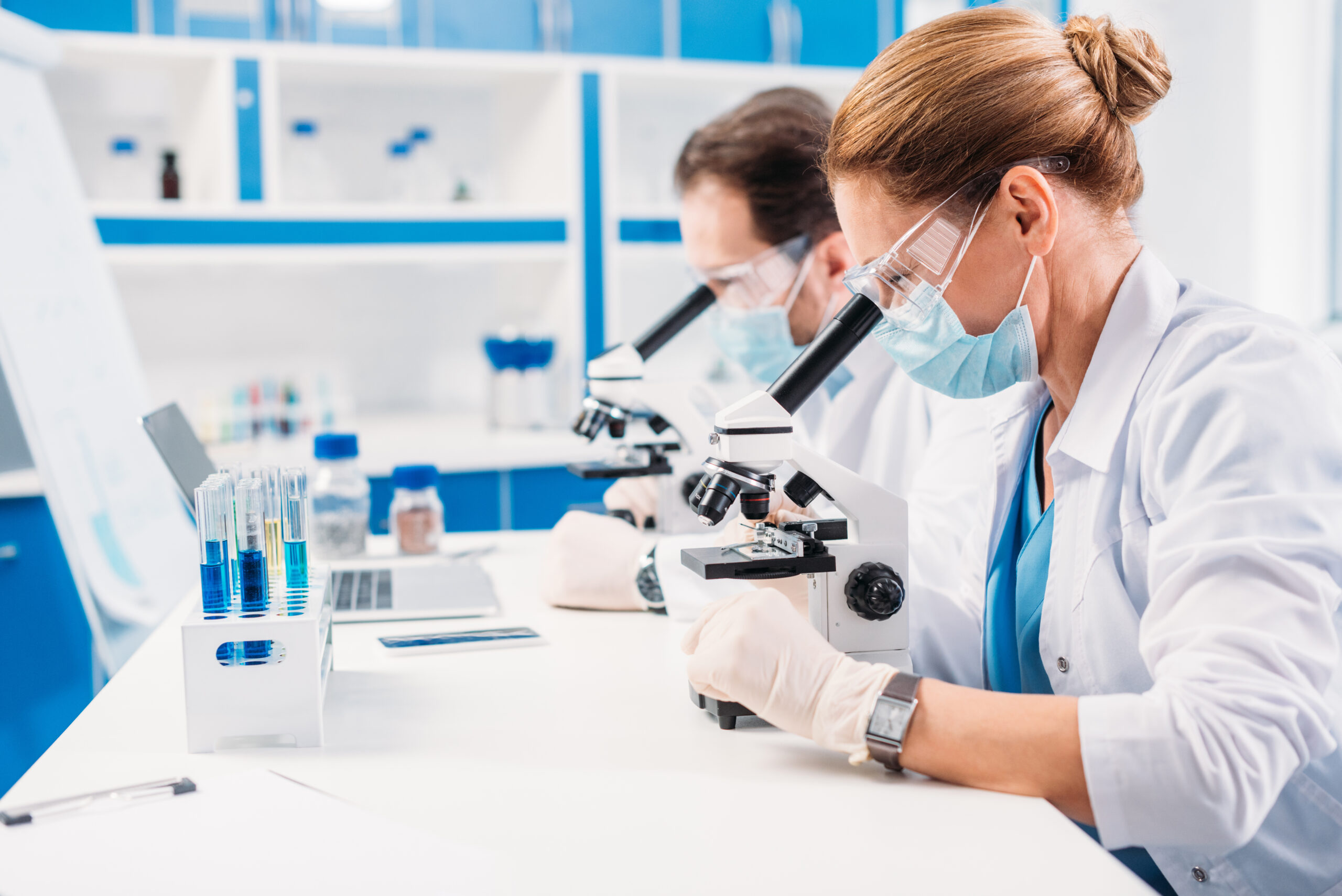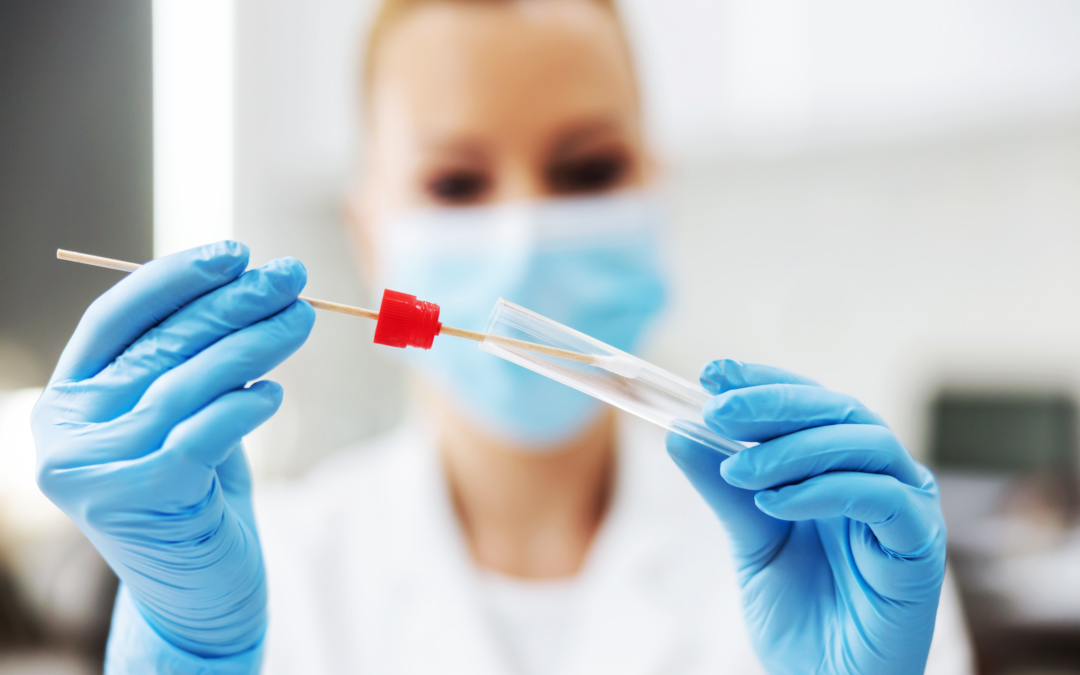
How do you start your own lab to improve your ability to get fast results for your patients? Medical laboratories play a critical role within healthcare, providing analytical and diagnostic services essential to patient care. A successful laboratory operation demands planning, adherence to regulations, careful resource management, and effective staffing. Below is a comprehensive description of the essential areas involved in running and structuring a medical laboratory business.
The Pillars of Laboratory Operations
- Comprehensive Planning and Research
Developing a solid business plan is foundational for laboratory ventures. This plan should encompass the mission statement, details about intended services, and clear descriptions of target clientele and market positioning. The business plan also outlines financial projections, risk management strategies, and approaches to differentiating the lab from competitors. Structured planning not only guides business decisions but is also vital when presenting information to banks or potential investors.
Financial Management
Funding a medical laboratory involves evaluating several financing options, including personal investments, external investors, or traditional loans. Each financing route may have specific requirements; investors often require detailed business plans and future earnings projections. Presentations for investors typically highlight revenue models, expected growth, and unique attributes that offer a competitive advantage in the marketplace.
Budgeting is not limited to startup costs; ongoing expenses such as equipment maintenance, utility bills, wages, and regulatory compliance must also be estimated and planned for. Clear and realistic budgets help secure funding and set benchmarks for sustainable operations. It’s best to run the numbers for free with a Cadence Lab Expert that can calculate your potential ROI based on the tests you are currently ordering. This process takes about 2 months.
- Site Selection and Facilities Management
Cadence ensures the laboratory location aligns with logistical requirements, including accessibility for sample transport, proximity to healthcare partners, and suitable infrastructure. Facility size should anticipate both current operations and future growth. Space allocation for specialized equipment, safe sample storage, and administrative functions is crucial.
Utilities such as reliable electricity and specialized plumbing are non-negotiable. Labs need capacity for power-intensive machinery, emergency wash stations, and proper waste management systems. These requirements should be factored into the site selection and design phases.
- Acquisition of Laboratory Equipment
Equipment needs vary based on the scope of services and tests performed. Strategic planning helps prioritize purchases by aligning capabilities with service goals. Labs commonly purchase thermocyclers, analyzers, centrifuges, microscopes, refrigeration units, and IT systems tailored for lab workflows and data management.
Sourcing options include purchasing the equipment for ownership or leasing equipment directly from Cadence lab services.
- Recruitment and Staffing
Personnel requirements cover licensed medical technologists, Clinical lab scientists, technical supervisors, and administrative staff. Recruitment should comply with all relevant employment laws. Laboratories may opt to utilize staffing agencies or consulting firms with expertise in clinical operations to streamline hiring and ensure all roles are filled with qualified candidates.
Onboarding processes include comprehensive training on lab procedures, safety protocols, and use of laboratory information systems. Employee manuals and clear communication channels are necessary for maintaining consistency and compliance.
Employee benefits should be competitive to attract and retain talent. Flexible staffing arrangements, such as part-time or contract positions, can accommodate fluctuating workloads.
- Credentialing and Regulatory Compliance
Compliance with federal and state lab certification, such as CLIA (Clinical Laboratory Improvement Amendments), is mandatory. Laboratories may also seek additional credentials from organizations like CAP (College of American Pathologists) or COLA for enhanced credibility and to meet specific service contracts. Successful accreditation hinges on implementations of standard operating procedures, quality assurance programs, and regular audit readiness. Cadence provides these services to ensure a smooth process.
- Administrative Organization and Technology Integration
Administrative operations support the smooth functioning of a laboratory. Choosing reliable management software assists with billing, patient reporting, and inventory tracking. Integrated lab management systems reduce manual errors and enhance data security. Regular audits of administrative practices help maintain operational efficiency and compliance.
- Continuous Review and Growth Planning
As laboratories operate, continuous review of processes, technologies, and staffing ensures adaptability to industry changes and client needs. Scheduled evaluations of financial performance, compliance status, and personnel requirements are essential for sustainable growth.
Key performance metrics might include: - Number of tests processed per week
- Average turnaround time for reports
- Client satisfaction scores
- Accreditation audit results
Medical laboratories thrive on a solid foundation of research, rigorous planning, regulatory compliance, qualified staffing, and efficient use of space and resources. These structured steps are essential for any new or expanding lab seeking both accreditation and successful business outcomes.
Find Out How Much Your Current Lab Work is Worth
Cadence Lab Services will help you calculate your current labwork for 2 months to show you the potential margins on bringing a lab-house. Our turnkey solutions take all the guess work out of your investment and empower you to provide the highest quality and fastest care to your patients.
Read Next
We have more guides to inspire you to start your own clinical lab.
Read our step by step guide to starting your own clinical lab. You don’t have to do it alone—Cadence Lab Services is your one stop shop for the startup of your in-house turn-key lab.
Curious about the costs of running your own clinical lab? Cadence Lab Services can run the numbers for the current labs your practice or center orders for free, giving you a real-time estimate of your return on investment.
Join the antibiotic stewardship movement and champion accurate diagnosis by starting your own molecular lab.
Learn more about Cadence Lab Services and how we can help you with all your lab management needs.

Dr. Kia Michel
Urologist and Lab Management Expert
Kia Michel MD is c0-founder of Cadence Lab Services. A renowned urologist, he opened his own in-house lab when he realized that he could improve patient outcomes in his urology practice, Comprehensive Urology in Beverly Hills, by having the power of fast test results. He shares his knowledge of the lab industry to empower other clinicians to take control of their own labwork.

How Much Does it Cost to Run a Laboratory?
Establishing a medical laboratory involves a range of important considerations, each playing a critical role in building a strong, compliant, and reliable operation. From selecting an appropriate...

Clinical Laboratory Profitability: Top Ways to Increase Your Lab’s Revenue in 2025
Clinical laboratories are facing increased demands each year, from boosting test volumes and reducing turnaround times to controlling costs, all while managing with fewer resources and a shrinking...

Antibiotic Stewardship Using PCR Testing
Antibiotic stewardship is a growing movement among the medical community as antibiotic resistant strains of bacteria are growing. The flow of new and novel antibiotics alone is not enough to keep up...
